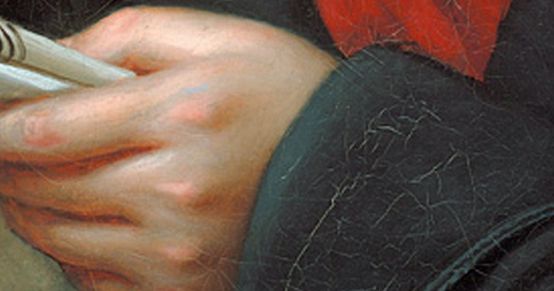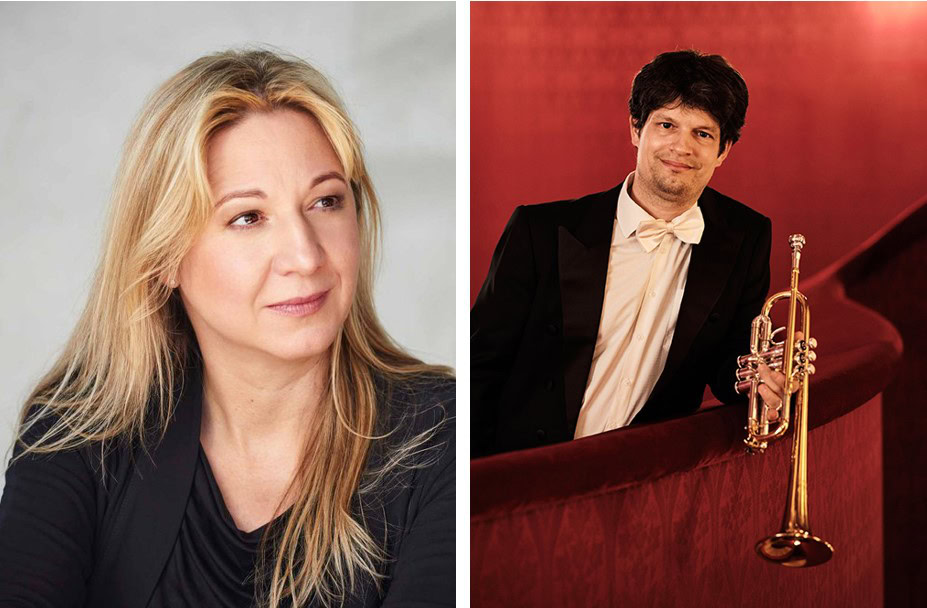Sonata for Piano No. 30
Beethoven every Friday: to mark his 250th birthday, we take a look at one of his works every week. Today it's the Sonata for Piano in E major op. 109.

There are those who are always on time. They deliver their work in an orderly condition ahead of time or on time. And they also leave the impression of a perfectly regular lifestyle. And there are those who simply always take a little longer. It's easy to use the bad word procrastination, but this is a special form of creativity that doesn't savor the allure of the "last moment", but only achieves the very best results under increased pressure. Entire opera overtures have been completed just in time overnight with this widespread creative disposition. But until everything turns out well in the end, there is a lot of postponing, putting off and excusing in the diary.
Beethoven was not one of the most punctual composers either. After he had already informed the Berlin publisher Scottish songs op. 108, the composition of the sonatas op. 109, op. 110 and op. 111, which were not only outwardly understood as a group, was also delayed. On May 31, 1820, he had announced all the works for July - but little had happened. Even the benevolent reminder in August from his friend Franz Oliva was of little help ("on the sonata to Berlin you must think"). Finally, Beethoven felt compelled to provide the publisher with information about the status of the work. With familiar key words and formulations that have hardly changed in such situations over the centuries: "It will go faster with the 3 sonatas as last with op. 108The first is almost finished to the point of correction, and I am now working on the last two without delay."
The wait was certainly worth it. Schlesinger finally received the promised engraver's model at the beginning of 1821, but above all works that represent a conceptual departure at the end of Beethoven's sonata oeuvre. In the case of the E major Sonata op. 109 with a first movement that is not only small-scale, but also alienates itself from the usual structure with its imaginative Adagio interludes, a brisk, through-composed Scherzo in a minor key and a variation movement that soon proves to be the finale with its more or less clear references. It forms the core of the composition, also and especially with its touching expressive content: Full of song with heartfelt emotion.
Listen in!








